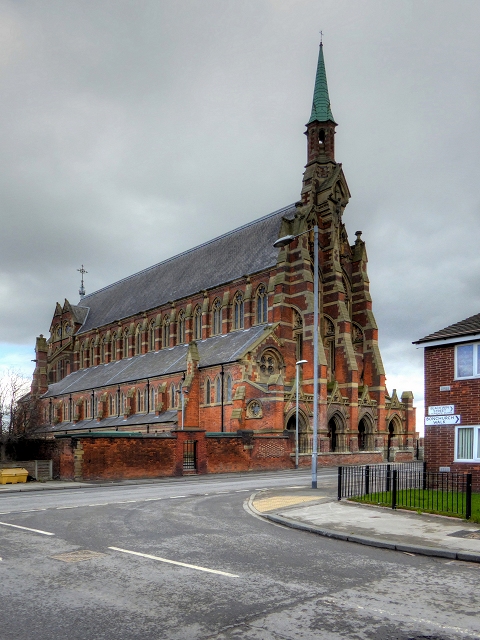In the heart of Manchester, nestled amid the urban landscape, lies a remarkable and unexpected treasure: Gorton Monastery. This architectural marvel, often referred to as the “Manchester Monastery,” stands as a testament to the city’s rich history and its enduring commitment to preservation and restoration. This article delves into the fascinating story of Gorton Monastery, its turbulent past, and its triumphant resurgence as a spiritual and cultural oasis.
Gorton Monastery, officially known as the Church and Friary of St. Francis, Gorton, was constructed in the mid-19th century. Designed by eminent architect Edward Welby Pugin, son of renowned Gothic Revivalist Augustus Pugin, the monastery was built as a place of worship for the Franciscan friars. Its construction spanned from 1863 to 1867, and it quickly became a prominent religious institution in the region.
The monastery’s architectural style is a magnificent representation of Victorian Gothic Revival architecture, characterised by its intricate stonework, pointed arches, and soaring spires. This remarkable edifice stood as a testament to the devotion of the Franciscan friars and their commitment to serving the local community.
The 20th century brought significant challenges to Gorton Monastery. During the two World Wars, the monastery was repurposed as a military hospital, with soldiers receiving treatment within its sacred walls. These wartime transformations left the building scarred and in need of substantial repairs.
In 1989, after serving the local community for over a century, the monastery was officially closed. Its doors shut, the building gradually fell into disrepair and faced the looming threat of demolition. The neglect and deterioration of this architectural masterpiece deeply troubled the local community and preservationists.
In 1996, a group of determined individuals formed the Gorton Monastery Trust, with the ambitious goal of rescuing and restoring this cherished historical site. Their efforts, supported by local volunteers and fundraising campaigns, led to a miraculous revival.
The restoration process was nothing short of extraordinary. Skilled artisans meticulously restored the intricate stonework, frescoes, and stained glass windows to their former glory. The once-neglected monastery once again emerged as a resplendent example of Victorian Gothic Revival architecture.
Today, Gorton Monastery is a thriving hub of culture, spirituality, and community engagement. The monastery has been lovingly transformed into an events venue, hosting weddings, concerts, art exhibitions, and educational programs. Its breathtaking architecture and serene atmosphere provide the perfect backdrop for a wide range of events.
The Gorton Monastery also plays a vital role in the community, offering various outreach programs, workshops, and activities for local residents. Its spiritual heritage is celebrated through regular services, making it a place of worship for people of all faiths and backgrounds.
Gorton Monastery’s journey from neglect and abandonment to resurrection and revitalisation is a testament to the enduring power of community, heritage preservation, and the determination of individuals who refuse to let history crumble. Today, the monastery stands as a radiant symbol of Manchester’s rich history, offering a place for spiritual reflection, cultural celebration, and community unity. Gorton Monastery is not just a building; it’s a living, breathing testament to the resilience and spirit of a city and its people.

